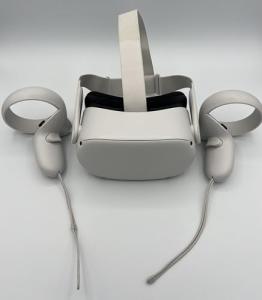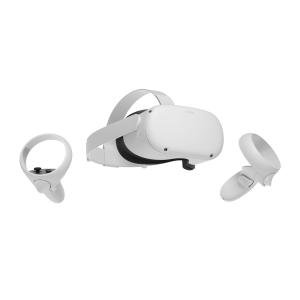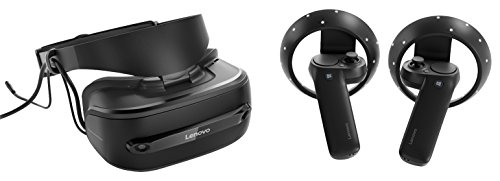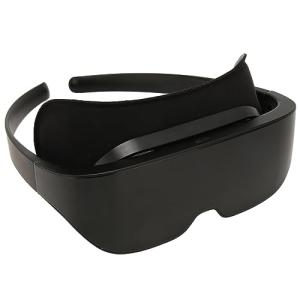Augmented Reality Software brings a whole new level of excitement to the way we interact with our surroundings. Imagine walking through a store and seeing product info pop up on your smartphone as you browse the aisles. This technology isn't just for gaming; it’s transforming how businesses connect with customers and how we experience daily life.
One major perk of Augmented Reality Software is its ability to provide interactive experiences. Think about trying out furniture in your living room before you buy it. With the right software, you can visualize how that comfy sofa will fit right into your space. No more guesswork or returning items that didn’t match your vibe!
Augmented Reality Software is also a fantastic tool for learning. It makes complex subjects feel a lot more engaging. For instance, students can explore the human body in 3D or dive into historical events like they're part of the action. This hands-on approach helps with understanding and keeps learners interested.
Businesses find Augmented Reality Software incredibly useful for marketing too. Imagine attending a trade show and using your phone to view a 3D model of a product just by scanning a QR code. It makes your brand stand out and creates memorable interactions with potential customers. It’s all about breaking through the noise and grabbing attention.
Key Features to Look For in Software
When you're on the hunt for Augmented Reality Software, there are a few key features you definitely want to keep an eye out for. These features can make a big difference in how easy and effective the software is for your needs.
First off, usability is crucial. You want software that feels intuitive and user-friendly. Look for a platform that offers a clean interface and easy navigation. After all, you want to dive into creating amazing AR experiences without spending hours figuring out how to use the tools.
Next, check out the integration options. Great Augmented Reality Software should easily connect with other tools or platforms you already use. Whether it's design software, social media, or e-commerce sites, easy integration can save you a lot of hassle and streamline your projects.
Performance is another big one. You'll want smooth graphics and quick loading times. Software that lags or crashes can ruin your experience and affect your audience’s engagement. Finally, don’t forget to consider the support options available. A solid support system can help you troubleshoot issues and get the most out of your software.
Oculus Quest 2 - Advanced All-in-One Virtual Reality Gaming Headset for Family Holiday - White - 256GB Video - Silicone Mask Pad + 16 Feet USB Type-C Link Cable
Product information
$439.00
Product Review Score
4.78 out of 5 stars
22 reviewsProduct links
How to Choose the Right AR Software
Choosing the right Augmented Reality Software can feel a bit overwhelming, but it doesn’t have to be. Start by figuring out what you actually want to achieve. Are you aiming to enhance customer experiences, create an engaging marketing campaign, or maybe develop an educational tool? Clarifying your goals makes the selection process a lot easier.
Next up, consider your audience. Different AR software might cater to different age groups or tech-savvy users. If your target audience is kids, for instance, look for software with fun and interactive features. If it’s for professionals, focus on programs that pack a punch with analytics and data visualization. Make sure your software resonates with the users you want to reach.
Don’t forget about compatibility. Some Augmented Reality Software works best with specific devices or requires certain tech specifications. Be aware of what devices you and your audience will be using. Check if the software offers cross-platform support or if it’s locked into a single ecosystem. You want something that works seamlessly, not a headache to set up.
Lastly, consider your budget. Augmented Reality Software can range from free to quite pricey, depending on the features and capabilities. Take the time to weigh what you’re getting for your money. Read reviews and maybe even try free trials to get a feel for the software before committing to it. This way, you can find something that not only meets your needs but also fits comfortably within your budget.
Oculus Quest 2 Advanced All-in-One Virtual Reality Gmaing VR Headset 128GB Set, White
Product information
$412.00
Product Review Score
4.5 out of 5 stars
77 reviewsProduct links
Top Augmented Reality Software Options Available
If you’re diving into the world of augmented reality, picking the right software can make all the difference. There are several great options out there, each with its own set of features that cater to different needs. Whether you're a developer, a designer, or just exploring for fun, there’s something here for everyone.
1. ARKit - This Apple solution is a favorite among iOS developers. It integrates seamlessly with iPhones and iPads, making it easy to create stunning AR experiences. With impressive tracking and mapping capabilities, ARKit lets you build apps that feel super immersive. Plus, the support for real-world object recognition is a game changer for interactive experiences.
2. Unity with Vuforia - Unity is known for its robust game engine, and when paired with Vuforia, it unlocks some serious AR potential. This combo is perfect for creating engaging AR apps and games. You can track images, recognize objects, and even create 3D models. If you’re looking to develop something visually stunning, this duo covers it all.
3. ZapWorks - If you want to create AR without getting too technical, ZapWorks is a solid choice. It’s user-friendly and great for marketing teams or anyone wanting to create AR experiences quickly. The platform offers easy drag-and-drop features, making it super simple to blend real-world images with digital content. Plus, it works across different devices, so your audience can engage with your AR creations anywhere.
4. Blippar - This AR software is all about enhancing brand experiences. It’s great for businesses looking to connect with consumers in new ways. You can create interactive campaigns that bring products to life, engaging customers like never before. The analytics tools are a handy bonus, letting you track how users interact with your AR content.





